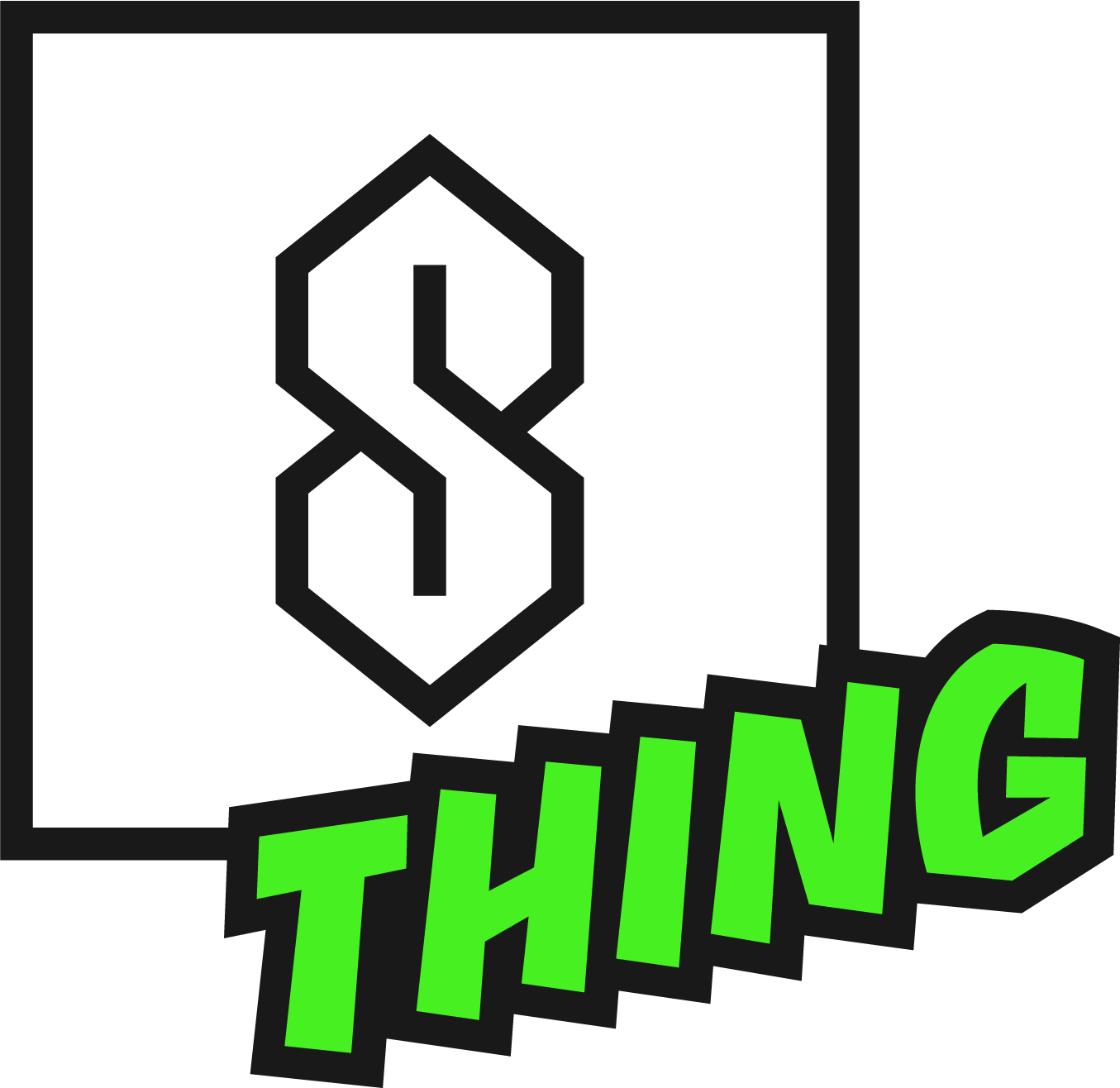In an example of the Indo-European heritage crossover, we see Latvia using a very similar cultural symbol to Romania even though their countries are around 1000 miles apart.
Also from the 3000 BC era, this is the Adder or Grass Snake sign specific to Latvia.
The Zalktis sign can be considered a part of the Māra’s sign group. Māra is the highest-ranking goddess in Latvian mythology, Mother Earth, a feminine counterpart to Dievs. She takes spirits after death. She may be thought as the alternate side of Dievs (like in Yin and Yang).
As a sign of life and renewal, it symbolizes the pulsation of sexual energy, its cyclic state change between passivity and activity. Looking at its shape, the Zaltis sign can also be perceived as two intertwined spirals, similar to the DNA double helix and symbolizing hereditary code. Within this sign, time itself spirals and undergoes change in state, where the beginning of each new state can be found in the depths of the previous one. This is a demonstration of the chain of cause and consequence, to which the material and spiritual world interactions are bound to.
Zalktis also has a mysterious bond with fire, thunder (Pērkons) and Laima (fate deity). A symbol of wisdom, a sharp mind, life energy and the attraction of new information. In traditional culture, the grass snake symbolizes good fortune, well-being and insight.
Here is an example of the motif in traditional Latvian embroidery.




Whilst it may come across as a simple geometric shape, being 5000 years old, it certainly has a long lasting history. When we look at the similarities to the modern day S as we know it (our logo for instance), then we see a close similarity but perhaps that's it. It does not contain the '6 lines' element which is crucial to the structure of the modern S.
For us here at The S Thing, we think this one is another great example of a simple design lasting centuries however we don't think this symbol can be considered an origin to the S we know.







